A "house with a hole" in Zaporizhzhia. Residents recall how they survived the rocket attack
Zaporizhzhia, a city near the frontline, comes alive every morning. The revving of cars, a line at the coffee shop - people head out to work. During the day they try to live a normal life, but at night they freeze up with fear. This is because Russian rockets usually arrive at night.
One of the scariest nights in the city was from October 8 to 9, when the Russian army fired 12 rockets at Zaporizhzhia. An inconspicuous 9-story panel building at 8 Zestafonska Street became a "house with a hole" - another piece of evidence of the war crimes of the Russian army in Ukraine. TEXTY talked to residents who survived that night.
Translated by Dmitry Lytov and Mike Lytov
On October 15, the sixth day after the tragedy, a large acid-yellow crane was still pulling out fragments of slabs. City services were working on the site. Police officers stood guard all around. By then, the screams and cries from the people buried under the rubble could no longer be heard, and only the dead or parts of their bodies were found under the rubble.
The air was filled with the bitter smell of burning rags mixed with charred wood. Pieces of iron, fragments and remnants of what used to be clothes, furniture, and toys were lying underfoot in the autumn leaves. The road near the house was blocked. Silence. The wind sways the red and white ribbon that separates the border between the houses and passers-by, who occasionally stop by but then move on.
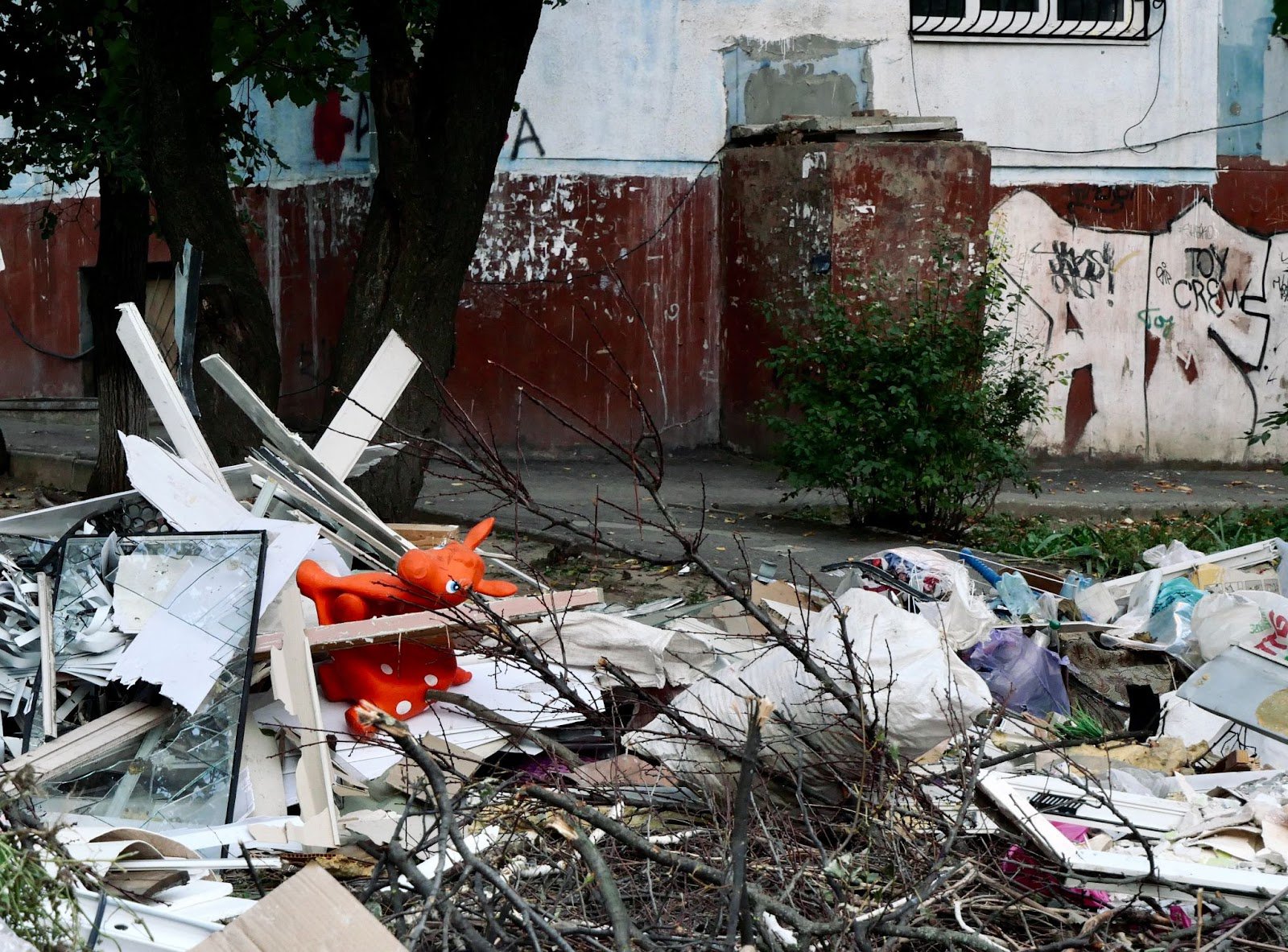
Explosion. Thunder. Ruins
On the night of October 9, around 02:00 a.m., a new, particularly eerie sound was heard in Zaporizhzhia, whose residents were already used to night air alarms. A siren wailed, an explosion rang out, and then for about a minute echoes like thunder could be heard.
At 2:24, the city authorities reported 10 new "arrivals". Within 10 minutes, photos of the ruins and the fire began to appear on the Internet. They were from a 9-story building on 8 Zestafonska Street, in the Dniprovskyi district (Osypenkivskyi neighborhood).
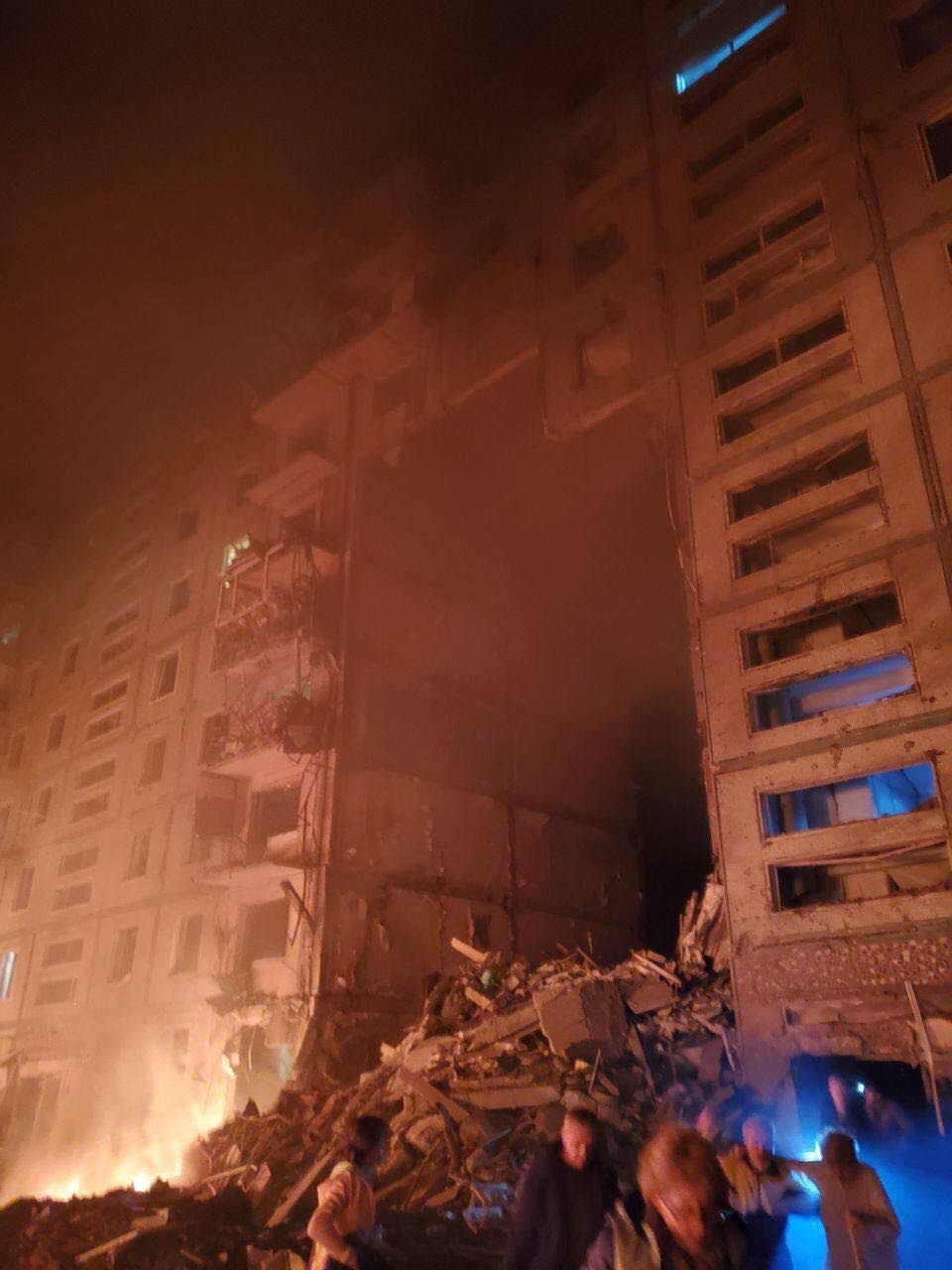
It stood on the right side of the city, which was considered relatively safe for a long time. Since the beginning of the full-scale invasion, it has hardly been fired upon. However, the situation changed dramatically in autumn. The intensity of night shelling increased. On September 24, one projectile hit a 3-story building in the area - less than 5 km from the 9-story building on Zestafonska Street.
On the night of October 9, a missile hit the foundation of a panel building between the third and fourth entrances. Part of the fourth block collapsed like a house of cards. Apartments from the 1st to the 7th floor fell together with their residents, and for some time the 8th and 9th floors hung over the abyss in the form of an "arch". A crack appeared in the foundation. The shock wave destroyed apartments in other entrances to the building and other buildings nearby. Then a fire broke out. And people panicked. Cars were burning and exploding in neighboring yards.
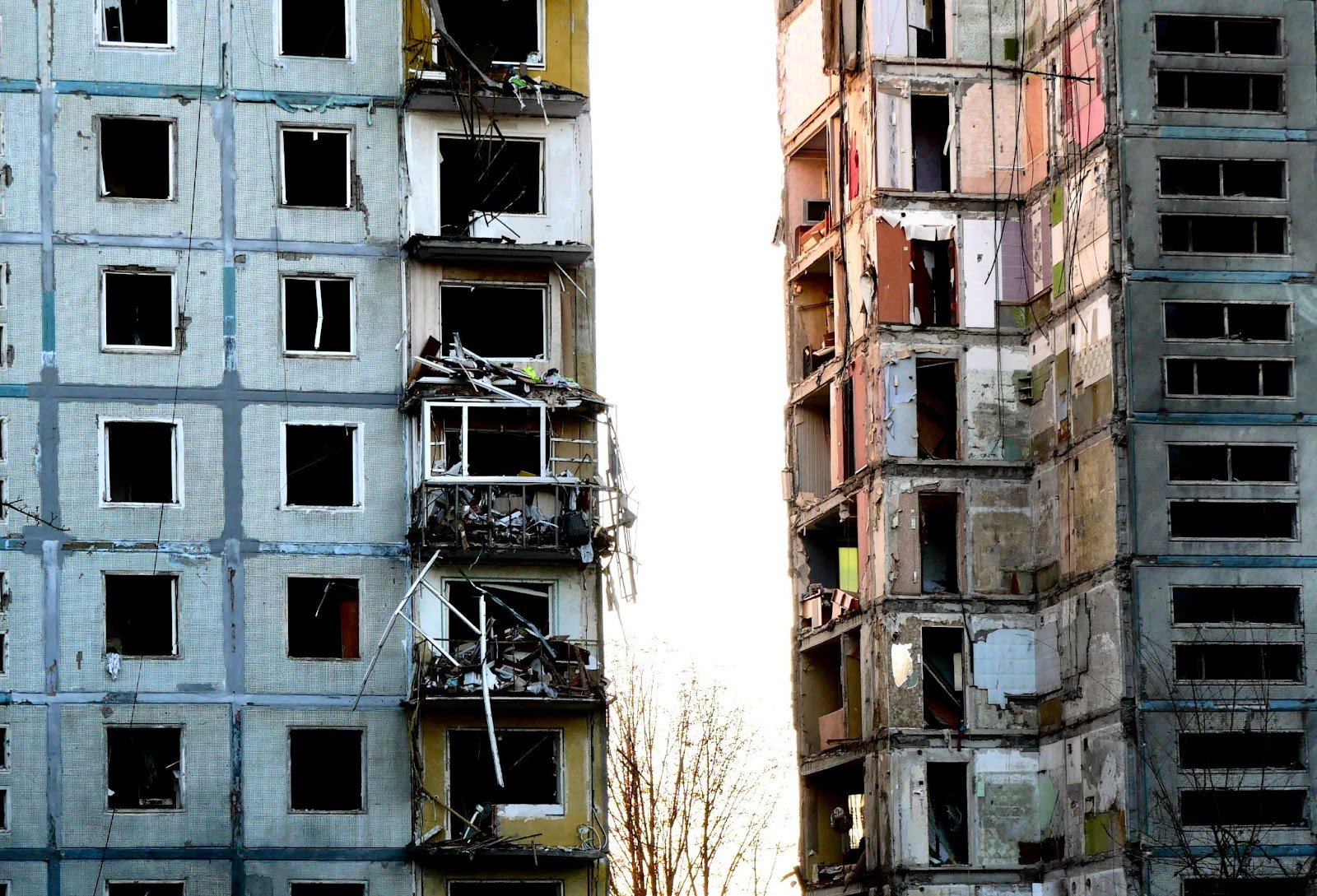
People who were able to get outside on their own watched as the fire destroyed their homes - all that was left after the missile hit.
At 2:45 the alarm went off.
"200 - search for the dead"
On the morning of October 9, bodies were lying on the lawn near the house: covered with blankets, carpets, pieces of some fabrics. Some were already packed in bags. Those who survived had to walk past them to reach doctors and volunteers.
During the 8 months of the war, people have already learned not to be surprised by photos of black bags that contained the dead, a scary picture common to the de-occupied towns and villages. In the ruins of a high-rise destroyed by a Russian missile, special services had to collect mutilated limbs and bone fragments in ordinary shopping bags with the ATB logo (a Ukrainian supermarket network).
That day, the rescuers heard faint sounds from under the rubble. They listened, found and retrieved a 22-year-old girl, who told them where to look for others who might have survived. The men were already preparing to follow her directions, when suddenly the upper floors and the roof, which had been suspended in the air in the shape of an "arch", began to collapse. The sound of falling pieces was like an explosion - everyone fell to the ground, and the fire started again. It was not possible to save the people under the rubble. In the work of rescuers, the first hours are the most important.
Two days later, when the fire died down, a car drove up to the house and brought dogs in special shoes and harnesses with the inscriptions "200 - search for the dead" (Note: “200” is the military code for the casualty in post-Soviet countries).
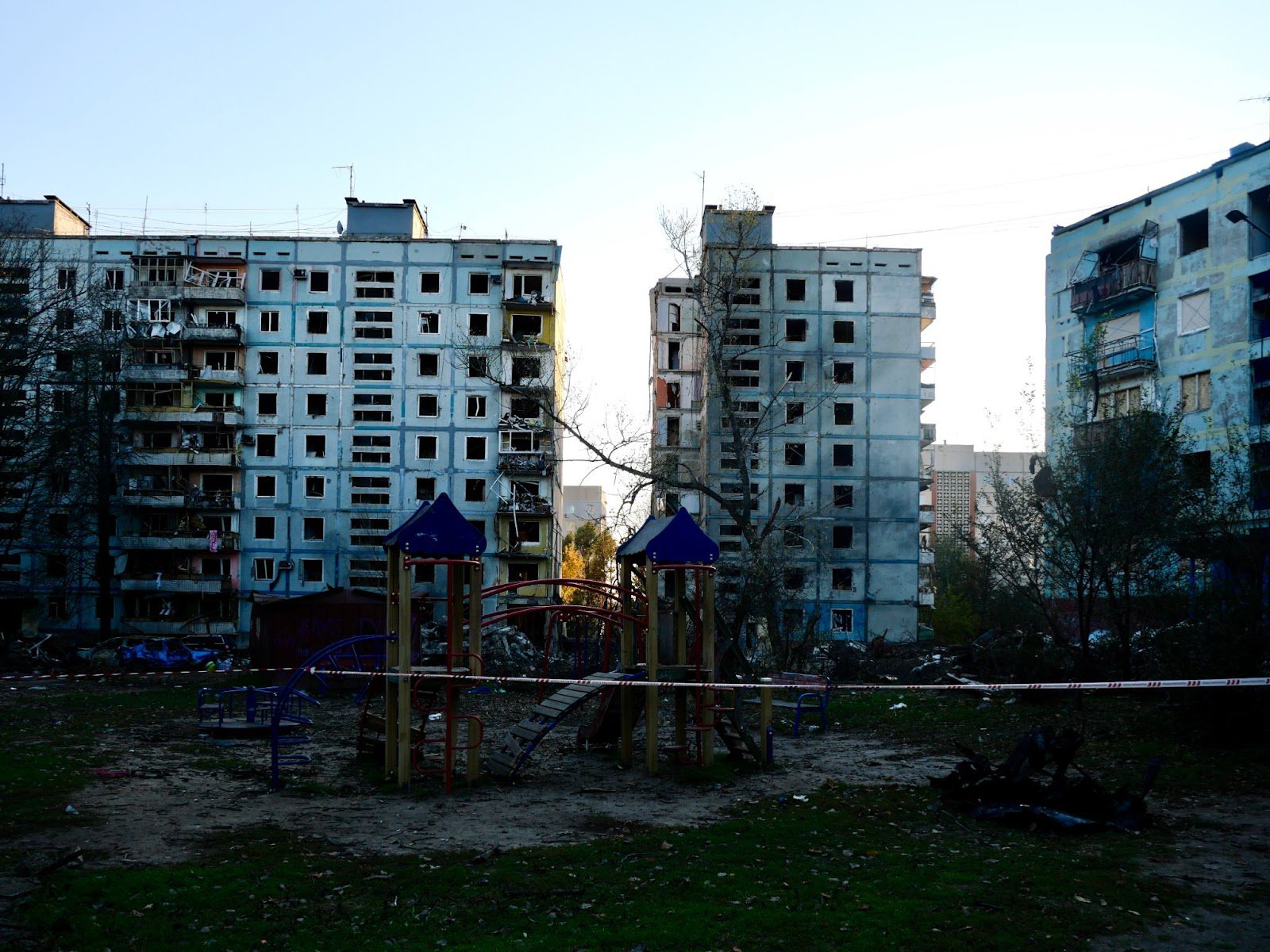
"I had never seen the cross-section of a panel house before"
When Vladyslav Demidovets, a resident of Zaporizhzhia, learned about the explosions, he immediately called his father. His parents, Serhiy and Olga Demidovets, lived in the first entrance with his 6-year-old brother. At first, they heard only beeps from the phone, which were followed by screams, explosions, and crying.
“Dad spoke very loudly because of his concussion. He said: "We are alive, everything is fine, (a missile) flew to the house. One entrance collapsed. Dead people, injured people, everyone is running in panic. I can't hear you, text me," Vladyslav recalls the conversation with his father that night.
On the night of October 9, Olga woke up to the first powerful explosion that hit another street in the neighborhood. She rushed to gather her belongings and ran out onto the balcony. At that moment, a missile hit their house. Olga was thrown back by the blast wave. Her husband was hit by a door that came off from the balcony. He flew across the room and hit his head against the wall, losing consciousness. Later, as soon as he came to his senses, he grabbed his son, wife, and parrot and rushed with them to the street.

“Then someone went to have a smoke, and others went to see what was there and where it was exploding, then it blew up quite close to us. And we went out of the rooms and balconies. Of course, it was a shock, we didn't understand what was happening, where the door was, where the children were, what happened to our ears and our bodies in general,” recalls Serhiy about that night’s events.
Their eldest son Vladyslav, who lives separately, immediately rushed to Zestafonska Street after calling his parents.
“It was scary there, everything was on fire, people were running. I stood and looked at the house, and there was a hole in it,” he recalls that night. “I didn’t feel panic, but it was very painful to watch. I had never seen the cross-section of a panel house before, I did not want to believe that this was not a dream but reality. And that was my house.”
His parents survived. But his father had bruises and scratches on his back, as well as a concussion - he could not hear well, his head was spinning, and he sometimes lost consciousness. His mom had cuts. His little brother was completely fine; he was sleeping well wrapped in a blanket. Even the 13-year-old female parrot Petrivna survived. After an examination at the hospital, it turned out that Vladyslav's father had a ruptured eardrum, a concussion, and a brain hemorrhage - he did not immediately feel all of this. Their apartment was seriously damaged - their parents had been investing their earnings into it for many years, and they had just completed major repairs.
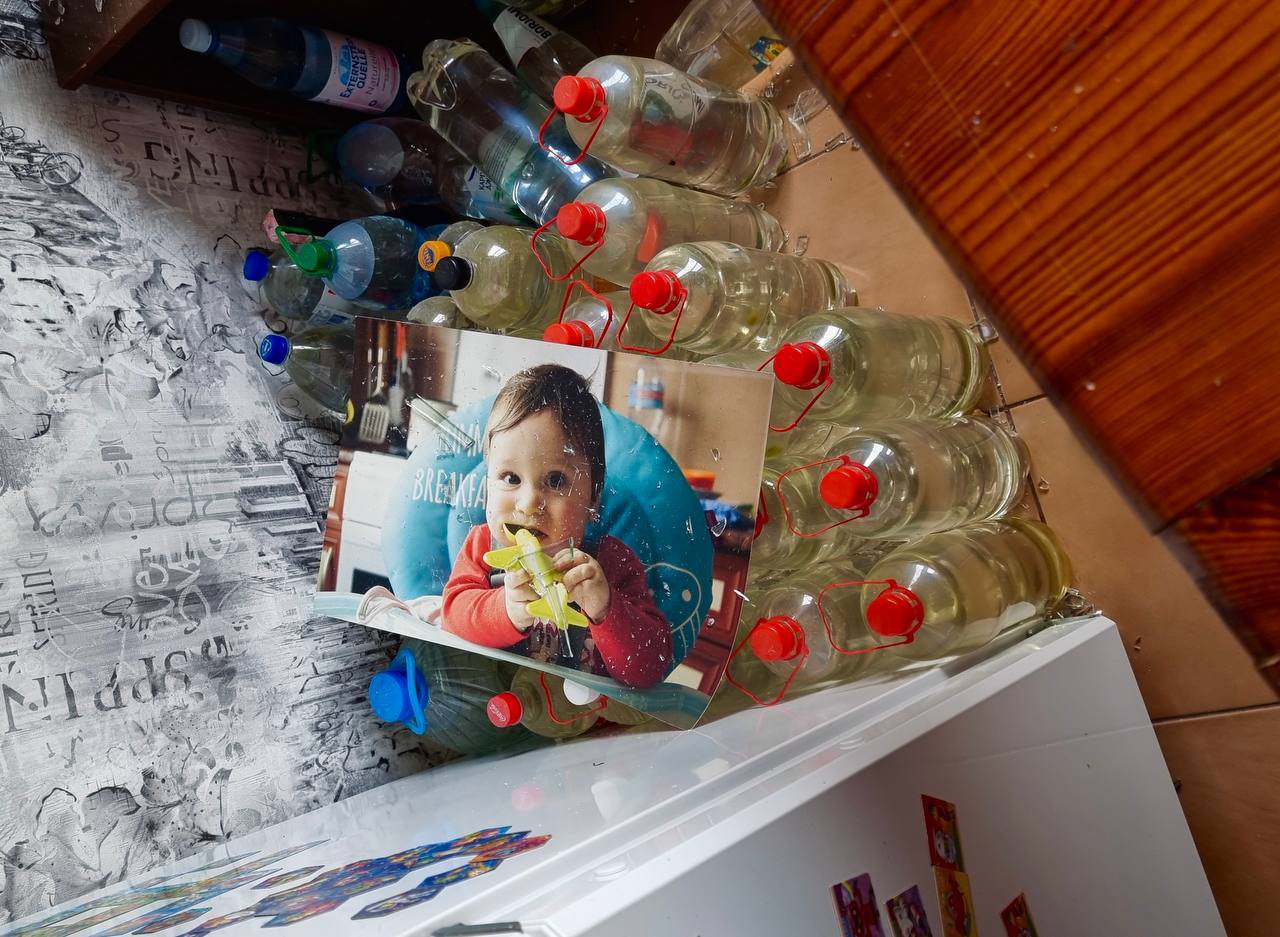
“The damage we sustained is more so mental. Physically, we were less affected than the third and fourth entrances,” says Serhiy Demidovets. “The people who lived there are completely lost. Some of them got out, others didn't, some have fractures, some have cuts or bruises - and everyone is very scared. There were people (in the building - ed.) who came to our city fleeing the war. For example, three people came from Melitopol, rented an apartment, and had two cars. The cars burned, one of them died, and two are in the hospital. And those people thought they escaped from the front. And there are many similar stories.
He sent Olga and son Serhiy to the west of Ukraine, where it is relatively safe. He says that the boy quickly recovered from the experience. However, later he became afraid of loud noises.
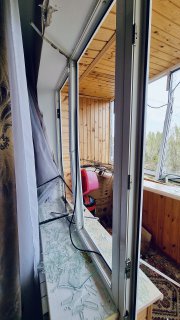
"I saw the same thing that was shown in Mariupol"
Oleksandr and Kateryna lived in the third entrance on the third floor. They have a 3-year-old son, Davyd, and a cat, Hans. The couple was planning their future and dreamed of moving to Kharkiv: to live in a bigger city, to build their careers. However, that dream was also destroyed by Russia that night. The family managed to survive. But they were left without housing, belongings and memories.
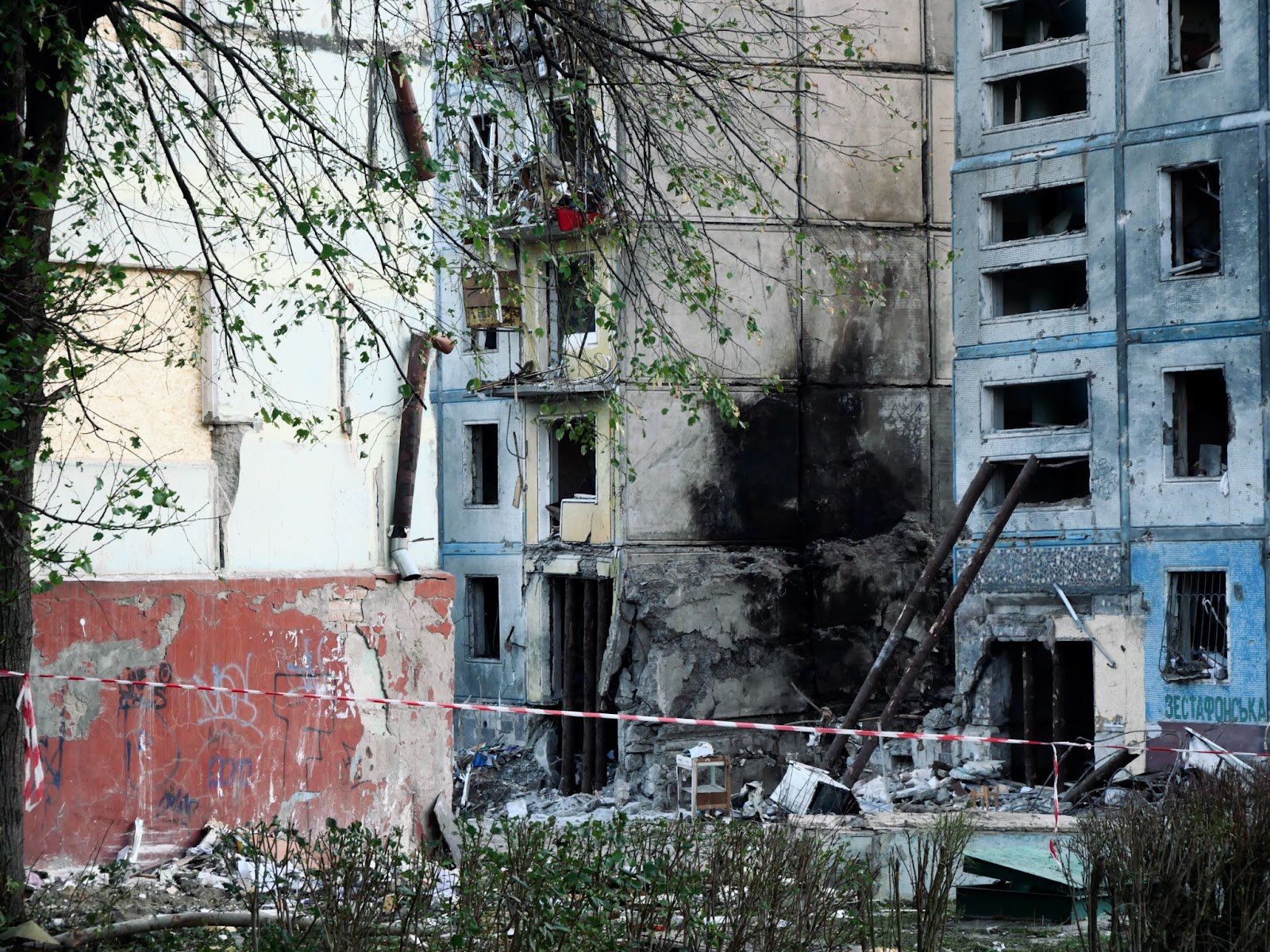
“There was a very powerful shockwave,” recalls Oleksandr the night of October 9. “I thought the missile hit somewhere in the neighborhood. But I had no idea that it was so close until we got out into the yard.”
He says that although Zaporizhzhia is close to the front, they felt relatively comfortable and safe in their apartment. They wanted to stay in the city until victory.
“At approximately midnight, I heard three or four powerful explosions nearby. Around 02:00 am, when my wife and my child were already asleep in their rooms, I went to the kitchen. About a minute after the explosions, I looked to the left and saw a missile flying and an explosion. And then another one arrived and exploded. I felt the shock wave. But it was obviously far from our building.
When I saw it, I shouted to my wife: "Something is coming very close, get up!" Then there was a short silence - and another very powerful explosion. It was that last missile that hit our house.”
During a short period of silence, the wife managed to wake up and run to their son. Oleksandr notes that she was lucky to leave the apartment before the explosion. They were already running out of the house when the front door was ripped open and bent like a sheet of iron.
“While my wife was dressing the child, I was looking for our cat in the apartment - I found it, luckily, and took it with us,” Oleksandr says. “We jumped out in whatever happened to be at hand: I was wearing a winter down jacket, my wife only had time to put on a jacket. When we went outside, it became really scary, because until that moment I thought that the missile had not hit our house.
We froze, I hid my wife and child behind me. Cars were burning not far ahead. I am a motorist myself, so I perfectly understand what this can mean, and I probably got confused for 20 seconds about which way to go: left or right - because they would explode. Which happened after a few minutes, but we were already at a safe distance. I took off my down jacket and spread it on the ground. We sat down and began to recover. I turned my head to the left and saw what had happened to our house. When I saw Mariupol on TV – it was exactly the same. And I realized how many people died instantly and how close death was to us. At that moment I was really scared.”
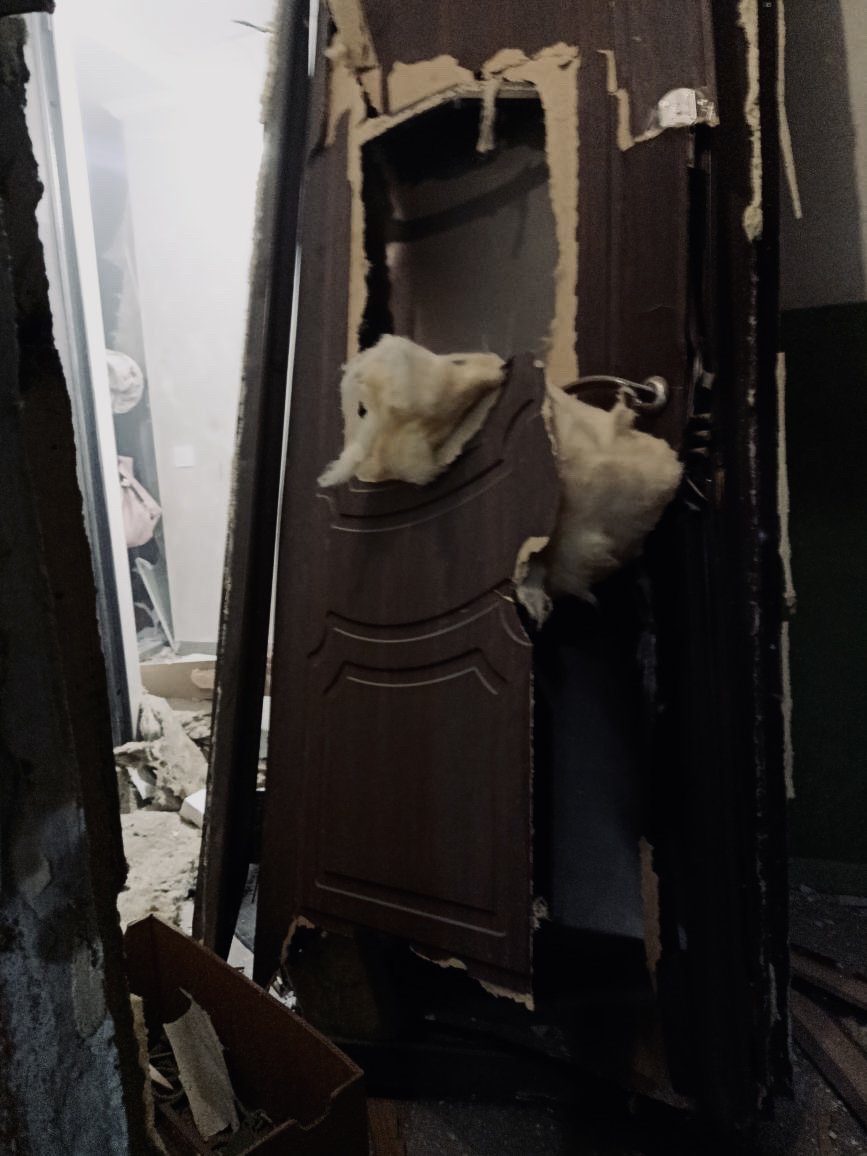
Running through the events of that night in his head, Oleksandr recalls the details thanks to which they managed to survive and which could have cost someone life or health. For example, many people have been cut by shattered glass, so it was better to stay away from windows.
“At the moment of the explosion, I was smoking near the open window, so I was hit by the blast wave, but the glass did not fall on me. In the same way, the window in the children's room opened, but did not break, because it was left open.”
In the morning, the family returned home to collect their surviving belongings. They saw cracks, broken windows and doors in the apartment. It smelled of burning.
Now the family has moved to Truskavets in West Ukraine, where caring friends provided temporary shelter. Oleksandr and Kateryna have no other place to live.
Oleksandr adds that he will not be able to bring his son home in the future. After all, every centimeter of what remains of their home will remind him of that tragic night.
On the night of October 9, a Russian rocket killed 12 people in a house on 8 Zestafonskaya Street. Another 49 people were hospitalized. It was not possible to find all of the residents - some are missing. They are still fighting for the lives of others. Most of the building that remained standing after the explosion is in a state of disrepair and uninhabitable.
Photos made by the author and heroes of the publication.

